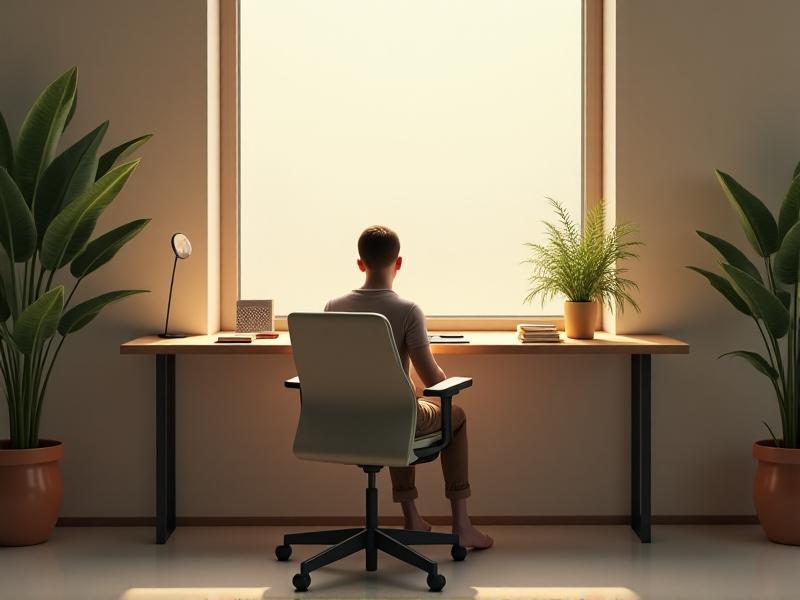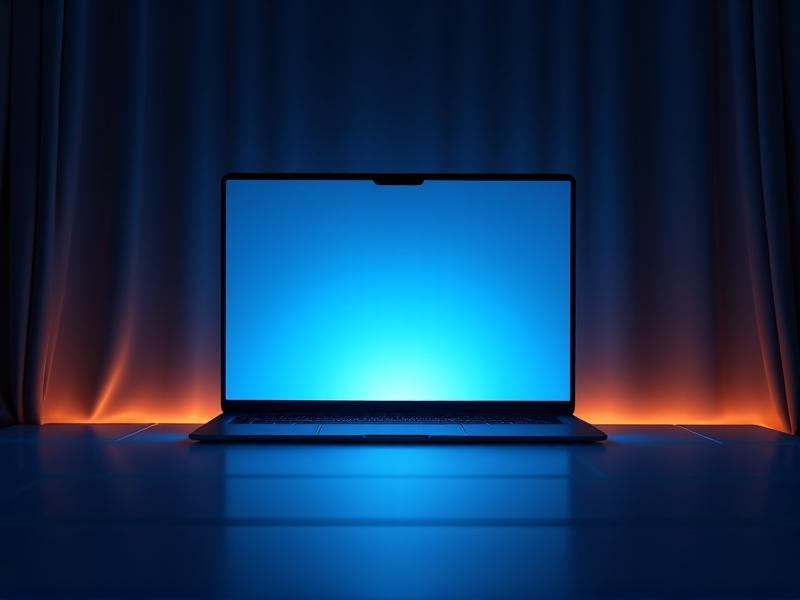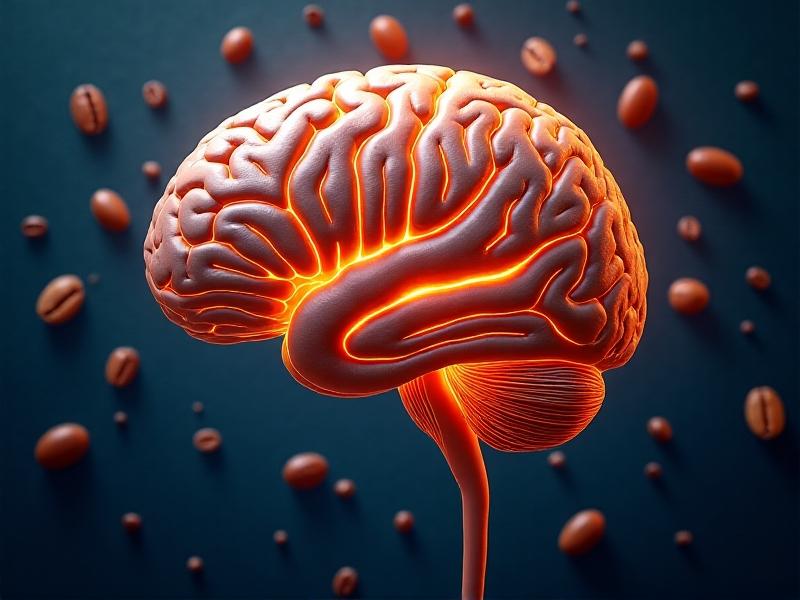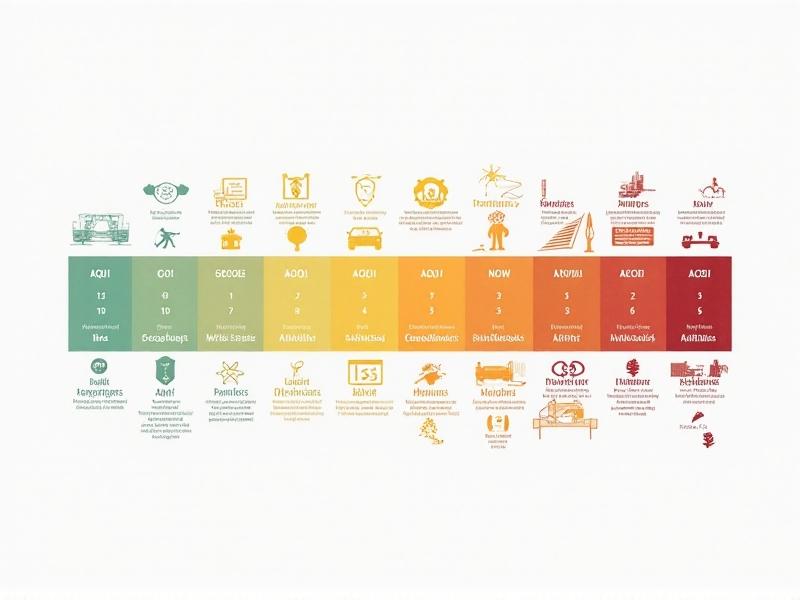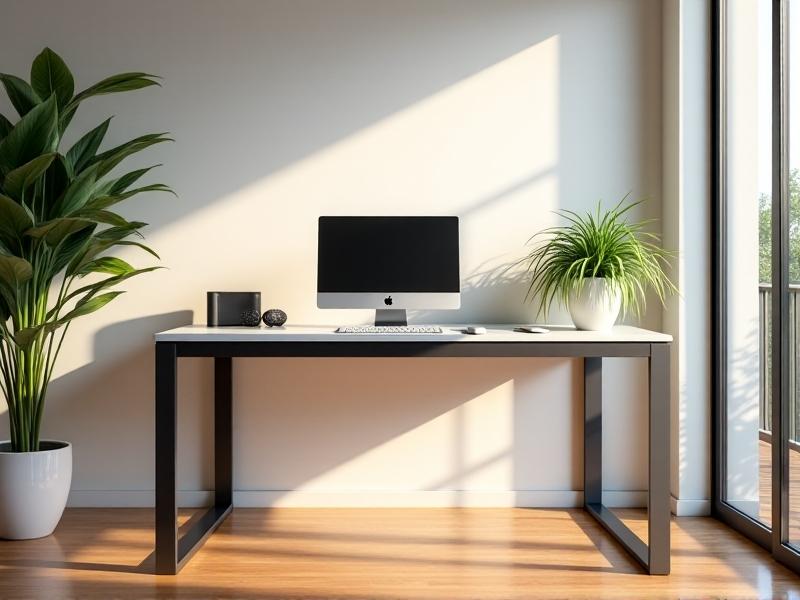Standing Desk Micro-Workout Routines
The Hidden Costs of Prolonged Sitting
Modern work culture often chains us to chairs for hours, but the consequences go beyond stiff muscles. Research links prolonged sitting to increased risks of cardiovascular disease, diabetes, and chronic back pain. A 2023 Johns Hopkins study found that for every additional hour of sedentary behavior, participants saw a 5% rise in metabolic syndrome markers. Micro-workouts—brief, frequent movement breaks—act as a reset button for the body, counteracting these effects by improving circulation and reducing muscle stagnation.

Micro-Workouts: Small Efforts, Big Rewards
Unlike hour-long gym sessions, micro-workouts thrive on simplicity and repetition. A 2022 meta-analysis in the Journal of Occupational Health found that two-minute movement breaks every 30 minutes improved focus by 14% and reduced self-reported fatigue. These "movement snacks" leverage the cumulative effect—12 five-minute breaks add up to a full hour of activity, seamlessly integrated into your workflow without disrupting productivity.
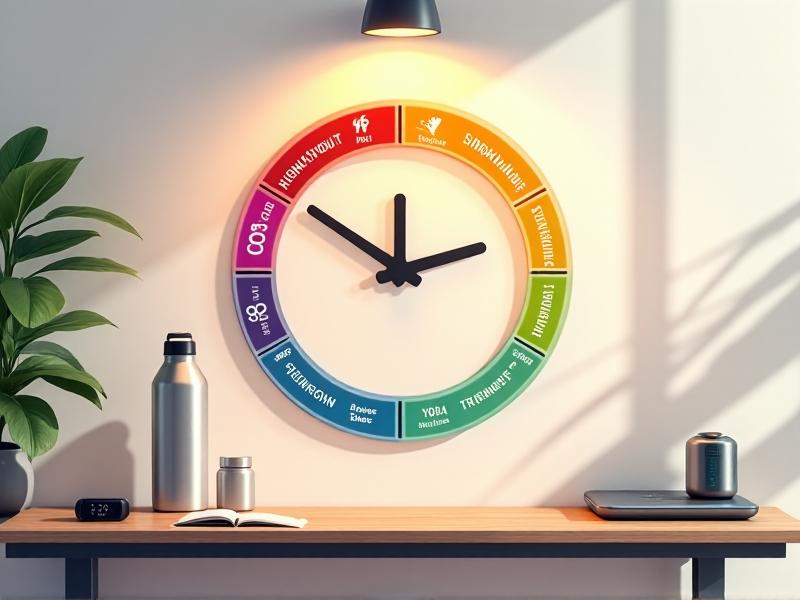
Your Standing Desk as a Fitness Tool
Transitioning between sitting and standing is just the start. Modern standing desks with programmable height settings enable "movement triggers"—setting your desk to lower slightly every 45 minutes as a prompt to perform calf raises while waiting for it to reset. This transforms furniture into an active partner in fitness, encouraging subtle weight shifts and postural adjustments that combat gravitational fatigue.
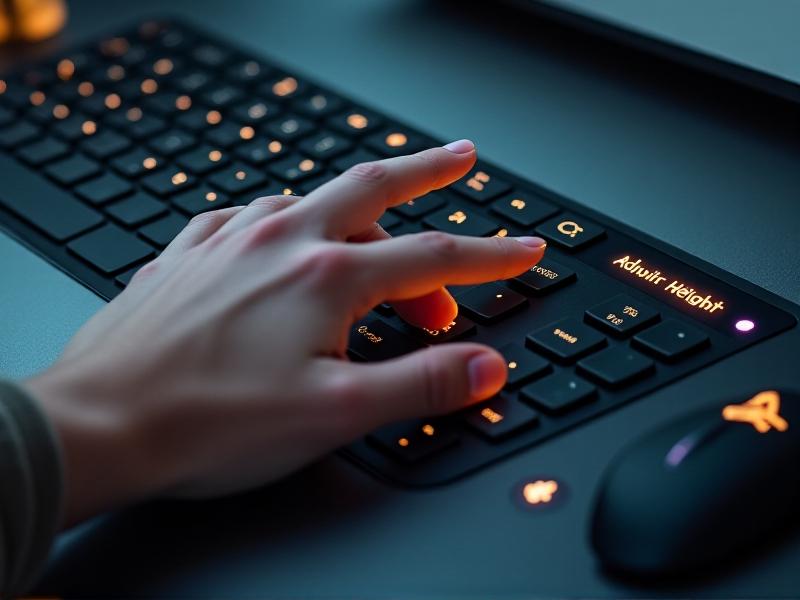
Quick Upper Body Routines to Combat Stiffness
Counteract keyboard hunch with the T-Rex Shuffle: Interlace fingers behind your head, gently push elbows back while rotating your torso left and right. Hold each twist for three full breaths. Pair this with Wall Angel variations—maintaining contact between your head, shoulders, and hips against a wall while sliding forearms up and down in a 'snow angel' motion. These movements improve thoracic mobility without requiring equipment.
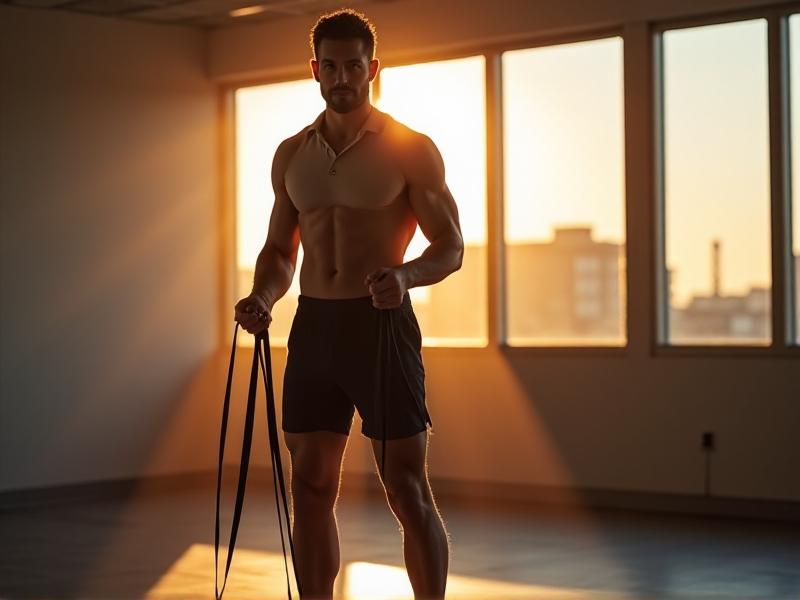
Energizing Lower Body and Core Exercises
Try the "Stealth Squat Challenge": When sending long emails, alternate between standing normally and slowly lowering into a 30-degree knee bend. Use your chair as a prop for single-leg balance drills—hover one foot above the seat while focusing on a distant object to enhance proprioception. For core engagement, practice the "Zip-Up": Imagine zipping a tight jacket from pelvis to ribs while breathing laterally into your sides.
Building a Micro-Workout Schedule That Sticks
Sync movement breaks with natural workflow patterns using the "Task-Bound Exercise" method. After completing three emails, do five slow neck rolls. When waiting for files to save, perform desk-assisted lunges. Color-code your calendar—green for creative work paired with energizing moves, blue for analytical tasks followed by grounding stretches. Apps like Focus@Will now integrate movement prompts that align with your brainwave-entrained music channels.
Ergonomics 101: Aligning Your Workspace
Transform your desk into a movement catalyst with these tweaks: Place your monitor on a stack of books that forces occasional tip-toe reaching. Use a split keyboard angled outward to promote open chest posture. Try a "balance board buffet"—alternate between a wobble cushion in the morning (for subtle core engagement) and a flat rocker board in the afternoon (to encourage gentle swaying motions that improve ankle mobility).
Beating the “I’m Too Busy” Mentality
Reframe micro-movements as productivity enhancers rather than interruptions. The "Pomodoro Movement Method" pairs 25 minutes of focused work with 5-minute activity blocks—but crucially, these breaks involve work-adjacent tasks like walking to refill your water bottle while mentally rehearsing your next presentation. Cognitive studies show physical activity during problem-solving increases solution rates by up to 22%.
Measuring Success Beyond the Scale
Track progress through unexpected metrics: decreased afternoon eye strain (indicating better posture), ability to comfortably walk during conference calls, or reduced desk clutter as you become more movement-conscious. Wearables like the Whoop Strap 4.0 now offer "Strain Scores" specifically calibrated for desk workers, measuring how micro-movements impact overall physical load without requiring formal workouts.
Making Movement a Mindful Habit
Incorporate sensory anchors to build unconscious competence: Apply a specific essential oil blend (like peppermint and bergamot) only during movement breaks. Create "shoe rituals"—switching between supportive slippers and grounding toe spreaders at set intervals. Over time, these cues create neural pathways that automatically trigger micro-workout impulses when sensed, transforming healthy movement into second nature.


